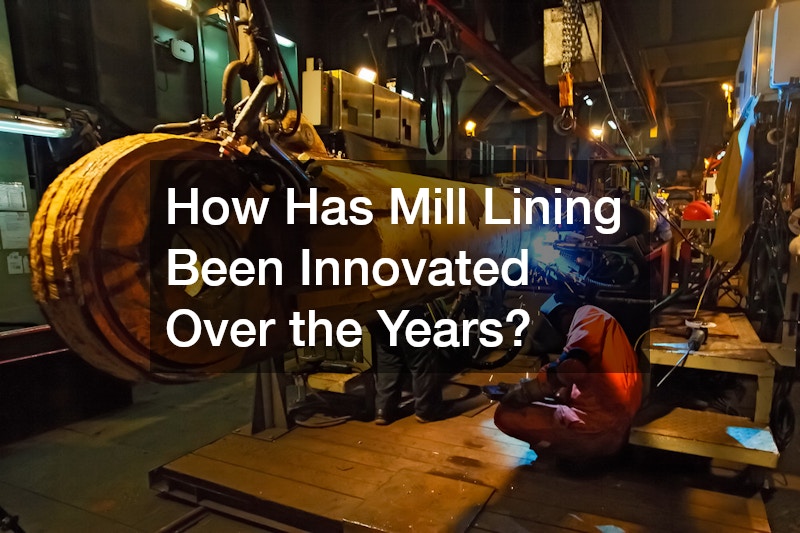Mill lining technology has seen significant advancements over the years, transforming how grinding mills operate in industries like mining, cement, and mineral processing. These innovations have been driven by the need for more durable, efficient, and cost-effective solutions to protect mill shells and enhance grinding performance.
One of the most notable innovations is the development of composite materials for mill liners. Traditionally, liners were made from steel or rubber, each offering distinct advantages. However, the introduction of composite liners has combined the best of both worlds, providing superior wear resistance, reduced weight, and enhanced impact absorption.
This has not only extended the lifespan of mill liners but also improved mill efficiency by reducing energy consumption.
The design of mill liners has also evolved, with modern liners being more tailored to specific milling applications. For example, chute liners for SAG mills have been innovatively designed to optimize the flow of material into and out of the mill.

Advanced simulation and modeling techniques have further revolutionized mill lining. Engineers can now predict wear patterns, optimize liner designs, and test new materials in a virtual environment before implementation. This has led to more precise and effective liner solutions that meet the demands of modern milling operations.
Overall, the innovation in mill lining, including the development of specialized solutions like chute liners for SAG mills, has significantly improved the efficiency, durability, and cost-effectiveness of grinding mills, ensuring they meet the evolving needs of the industry.








